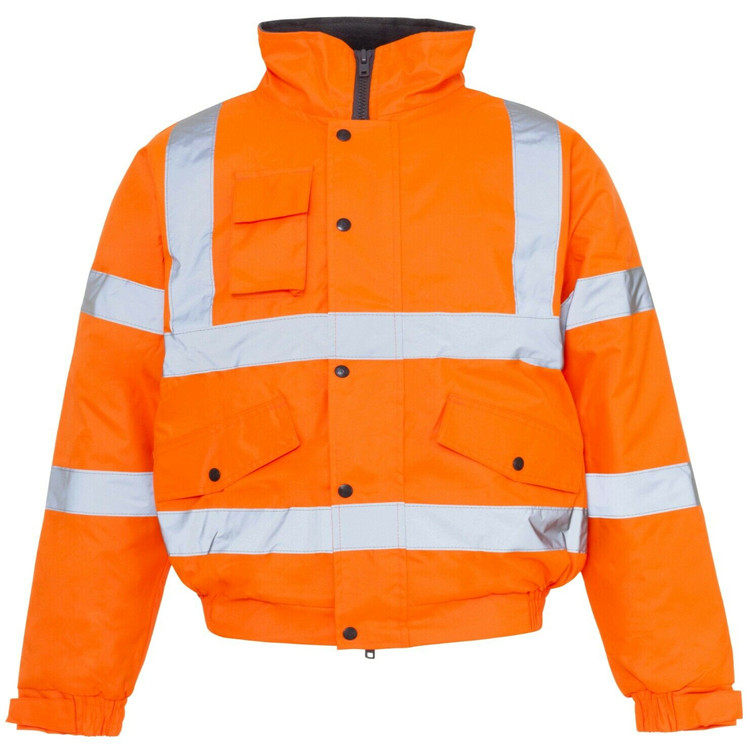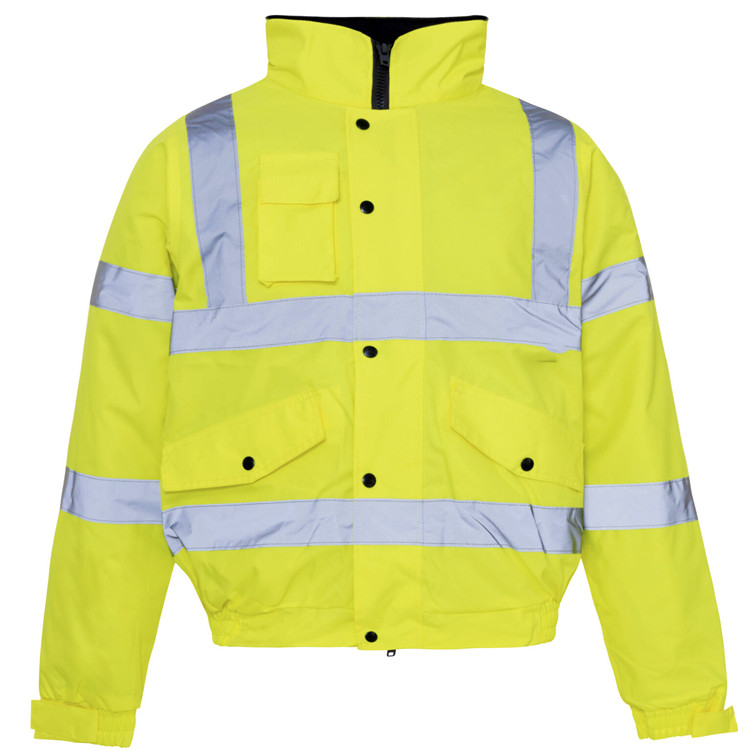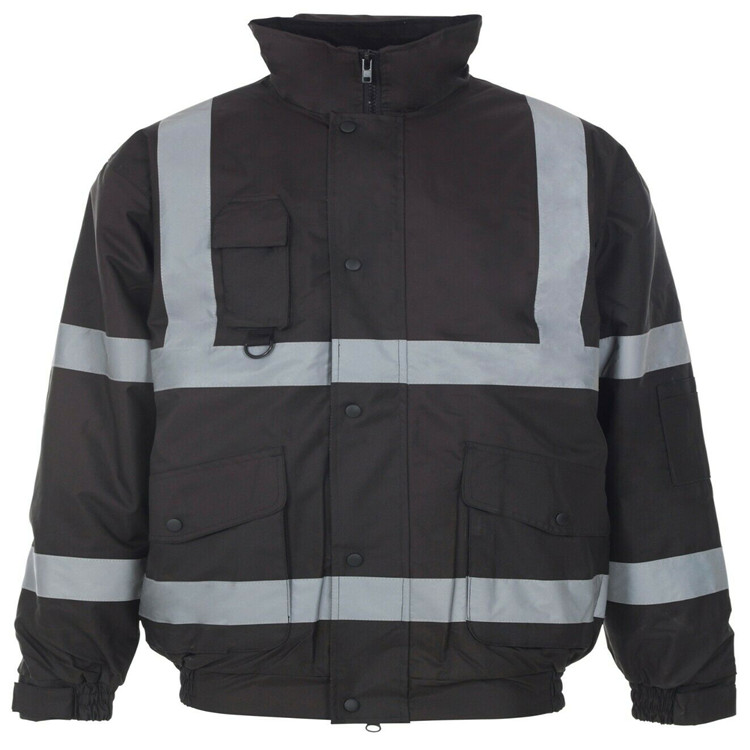In strawberry cultivation, timely insulation is a critical technique. Most strawberry varieties begin entering dormancy around late October, and this is also the time when bud initiation usually starts. Therefore, it's essential to apply insulation at the right time to prevent the plant from entering dormancy prematurely or hindering flower bud differentiation. If insulation is applied too early, it may suppress flower bud development; if too late, once the plant has entered dormancy, it becomes difficult to revive, leading to stunted growth. Hence, timing is crucial for both dormancy prevention and proper bud development.
Temperature control plays a vital role after covering the plants. During the initial phase of insulation, higher temperatures are needed to avoid dormancy and promote flower bud formation. Daytime temperatures should be maintained around 28°C, with a maximum of 30°C, while nighttime temperatures should stay between 12°C and 15°C. When temperatures drop below 8°C, it can negatively affect growth. During the budding stage, daytime temperatures should be kept at 25–28°C, and nighttime temperatures around 10°C. Excessively high night temperatures (over 13°C) may cause bud degeneration and hinder stamen development. Spraying with Spring Rain No. 1 or gibberellin can help prevent dormancy. For optimal flowering, daytime temperatures should be 23–25°C, and nighttime temperatures 8–10°C, which supports both flowering and pollination. During fruit expansion, keep daytime temperatures at 20–25°C and nighttime at 6–8°C. Once harvesting begins, maintain daytime temperatures at 20–23°C and nighttime at 5–7°C. Adjusting temperature levels can be done by managing the opening size of vents and controlling the duration of coverage.
Outside the greenhouse, especially in northern regions where winter temperatures are extremely low, an additional layer of insulation such as straw or cold-proof material should be added to the outer structure. The thickness of this layer depends on the local climate and temperature conditions.
Fertilizer and water management are equally important. After promoting growth and applying insulation, the plant goes through stages like flower bud development, blooming, and fruit enlargement. Proper fertilization is essential to avoid premature dwarfing due to nutrient deficiency. At least four to five topdressing sessions should be carried out, including before covering the plants, during fruit enlargement, flowering, and harvesting. Fertilizers such as Scola, compound fertilizer, potassium dihydrogen phosphate, and Chunyu No. 1 "bullet" can be used. After insulation, the greenhouse tends to dry quickly due to high internal temperatures, causing rapid evaporation and transpiration. Even if the soil surface appears moist, the root zone might be dry. To check for water stress, observe the leaves in the morning. If dew is present, the roots are functioning well, and the soil is adequately moist. Otherwise, it indicates a lack of water. Watering should be done before covering the plants, combined with fertilization, and using drip irrigation to keep the soil consistently moist, typically every 7 days.
Artificial lighting is another effective method to prevent dormancy and support growth. By providing long-day conditions, artificial light helps keep strawberries active, promotes petiole elongation, prevents stunting, and enhances fruit size and color. Morning lighting can increase fruit set, while evening lighting encourages petiole growth.
Pest and disease control is crucial in solar greenhouse strawberry cultivation. Common diseases include gray mold, powdery mildew, anthracnose, verticillium wilt, root rot, and bacterial leaf spot. Treatments such as Botrytis cinerea, silver nectar, Fuxing, Shigao, Saifu, Bordeaux mixture, and Rickettsia can be used for specific issues. Insect pests like aphids and red/yellow spider mites can be controlled with fast cola, imidacloprid, alfalfa fog, acetamiprid, and diclofenac. Underground pests such as wireworms and cockroaches can be managed with poisons like Saier, Le Siben, and phoxim.
(Senior Agronomist Ban Yimin)
Safety work clothes, reflective safety work wear, hi vis yellow coat, safety rain jacket, supplier for over 20 years.
We are golden supplier who provide high quality safety reflective workwear, Safety Vest, hi vis safety work wear, reflective rain wear, construction work pants, safety reflective bomber jacket, waterproof dry robe, high quality surfing changed robe.
Welcome to discuss more details with us.



Safety Work Clothes,Reflective Safety Work Wear,Hi Vis Yellow Coat,Safety Rain Jacket
Suzhou Golden Gamrnet MFG Co.,Ltd , https://www.svchangerobe.com